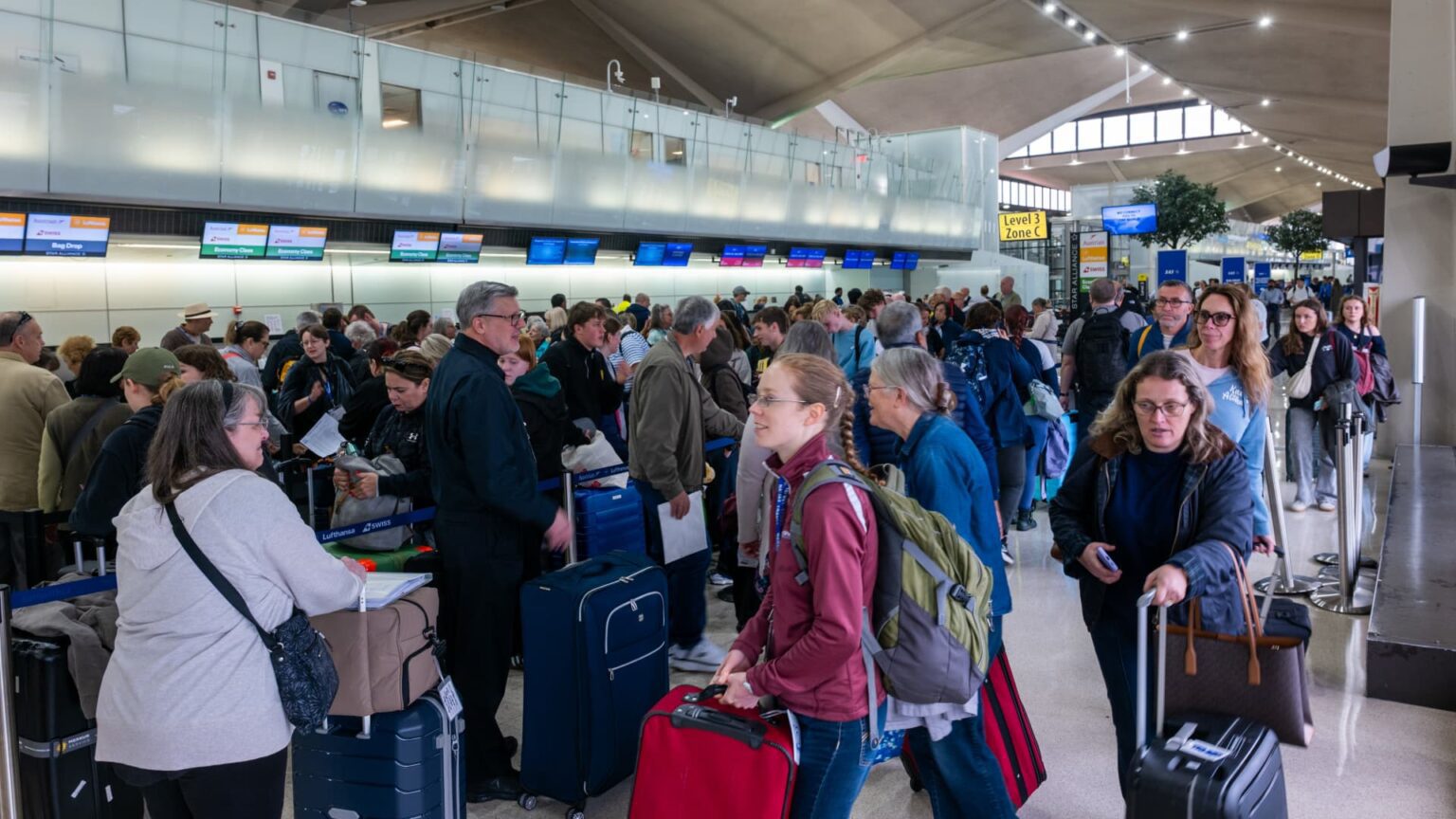Significant Flight Delays at Newark Liberty International Airport Raise Concerns
On May 5, 2025, passengers waiting for delayed flights at Newark Liberty International Airport experienced extensive disruptions due to a communication failure among air traffic controllers. This incident has highlighted ongoing concerns regarding the aging U.S. air traffic control infrastructure and prevalent staffing shortages.
Unexpected Equipment Failure
Last week, air traffic controllers at Newark lost contact with multiple aircraft, a situation described by the National Air Traffic Controllers Association (NATCA) as a temporary loss of radar and communication capabilities. Controllers found themselves unable to communicate with the aircraft they were managing, prompting widespread flight delays.
As reported by flight-tracking service FlightAware, Newark saw over 1,500 delays as the controllers struggled with the fallout of the unexpected communication breakdown. The Federal Aviation Administration (FAA) confirmed that some controllers took time off due to the stress associated with the incident and ongoing staffing problems, exacerbating the situation.
Critical Staffing Issues
United Airlines announced plans to reduce the number of daily flights from Newark by 35 in response to the disruptions. CEO Scott Kirby noted that over 20% of the FAA controllers in charge of Newark walked off the job, although the union clarified these were actually authorized absences related to workplace stress under the Federal Employees Compensation Act.
Kirby expressed concern about the historical understaffing of the air traffic control facility, stating that it has been chronically understaffed for years, which now compromises Newark’s capacity to handle its scheduled air traffic.
Infrastructure Challenges
The FAA has acknowledged the negative impact of its outdated systems on its workforce, stressing the need for more reliable telecommunications equipment. “Our antiquated air traffic control system is affecting our workforce,” the agency stated, outlining efforts to enhance infrastructure by creating more resilient communication setups in the New York area.
The Path Forward
New Jersey Governor Phil Murphy has called upon U.S. Transportation Secretary Sean Duffy to prioritize solutions for the staffing shortages at the Philadelphia facility, which oversees traffic for both Newark and major New York City airports. In his communication, Murphy urged attention to these issues, particularly in light of expected passenger increases due to upcoming major events.
In an attempt to remedy the ongoing challenges, Duffy indicated plans for the rollout of a modernized air traffic control system, acknowledging that the current setup is increasingly inadequate for managing contemporary air traffic levels.
Conclusion
The recent issues at Newark Liberty International Airport underscore the critical need for investment in both staffing and technology within the U.S. air traffic control system. As the nation’s demand for air travel continues to grow, addressing these infrastructural shortcomings will be essential to securing smooth and safe operations in the future.
